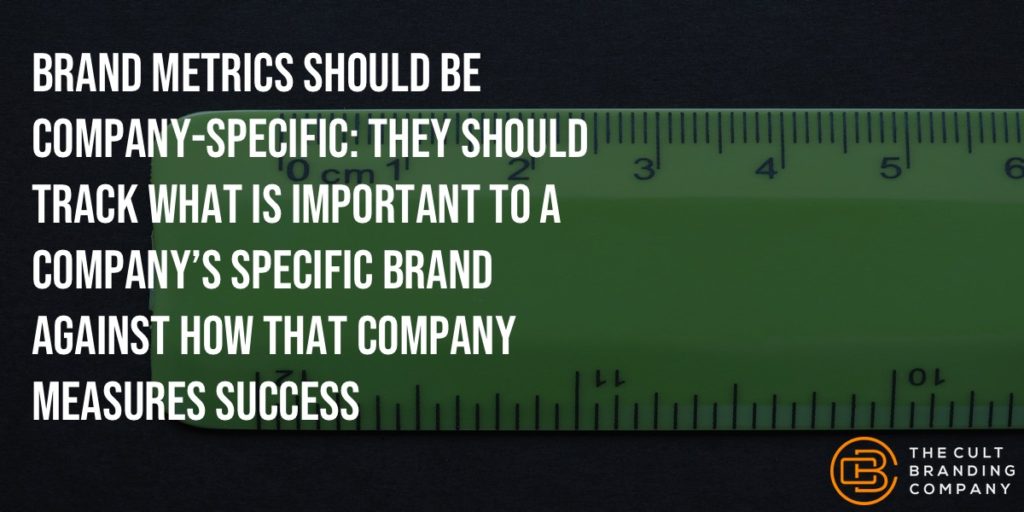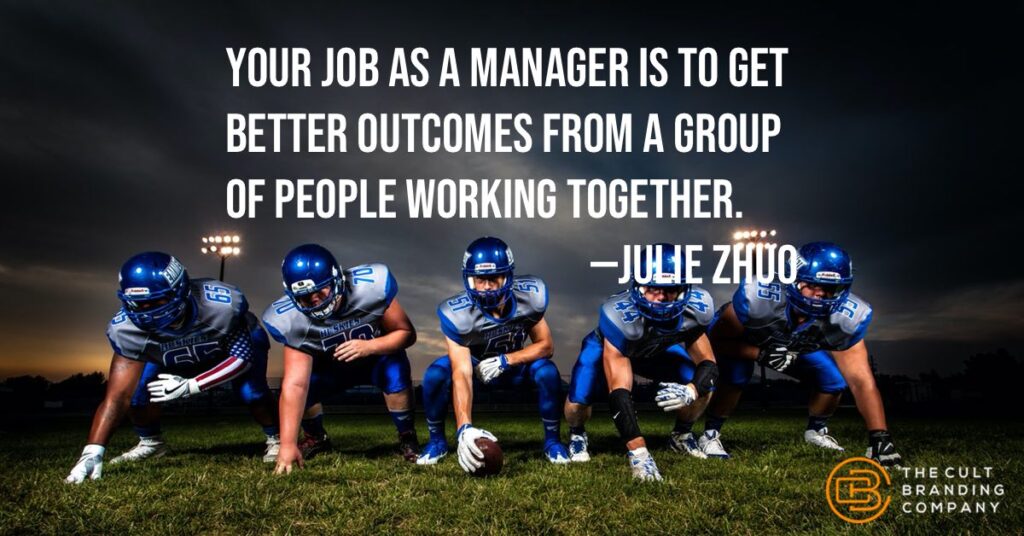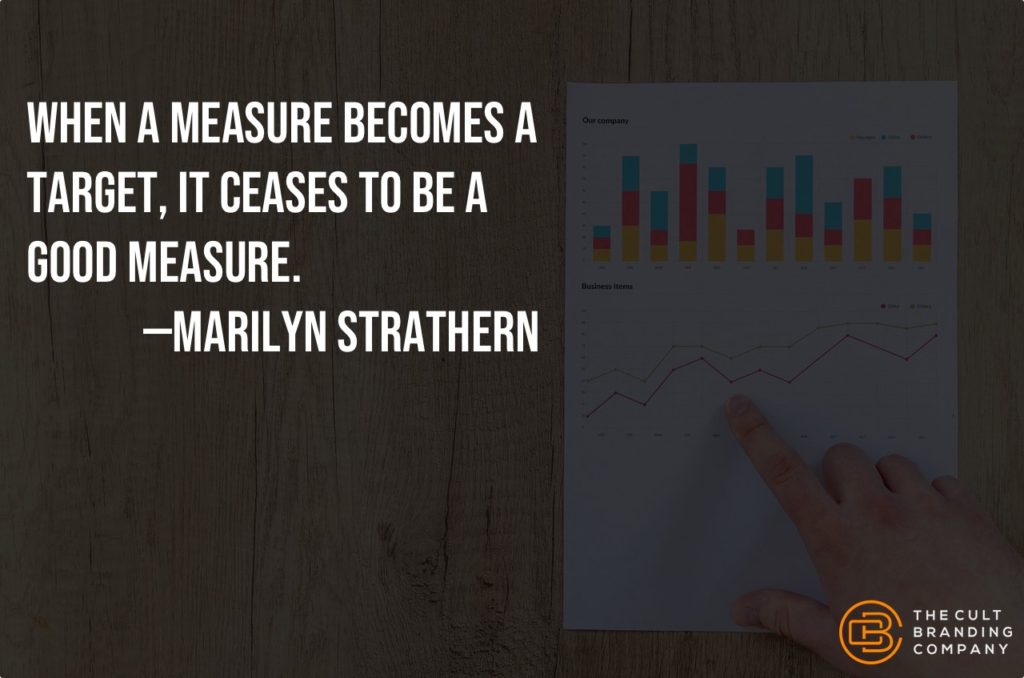Reward The Creative Process, Not The Outcome

Yet everyone should be cautious not to make something impossible that nature would not allow, unless it would be that one wanted to make a dream work, in which case one may mix together every kind of creature.Albrecht Dürer, Four Books on Proportion[1. Translation from: Peter Parshall, "Graphic Knowledge: Albrecht Dürer and the imagination," The Art Bulletin, 2013.]
When people think about creativity, they typically think of it in terms of three Ps: Person, Problem, and Product. A person solves a problem in a new way and creates a new product.
The problem with thinking about creativity in this way is that it ignores the fourth and most important P: the Process.




 Do you know what motivates your customers to buy from you?
Do you know why they choose one brand over another?
Do you know what drives one customer to become loyal while many others do not?
These are important questions, the answers to which will inform virtually everything your organization does.
Do you know what motivates your customers to buy from you?
Do you know why they choose one brand over another?
Do you know what drives one customer to become loyal while many others do not?
These are important questions, the answers to which will inform virtually everything your organization does.



